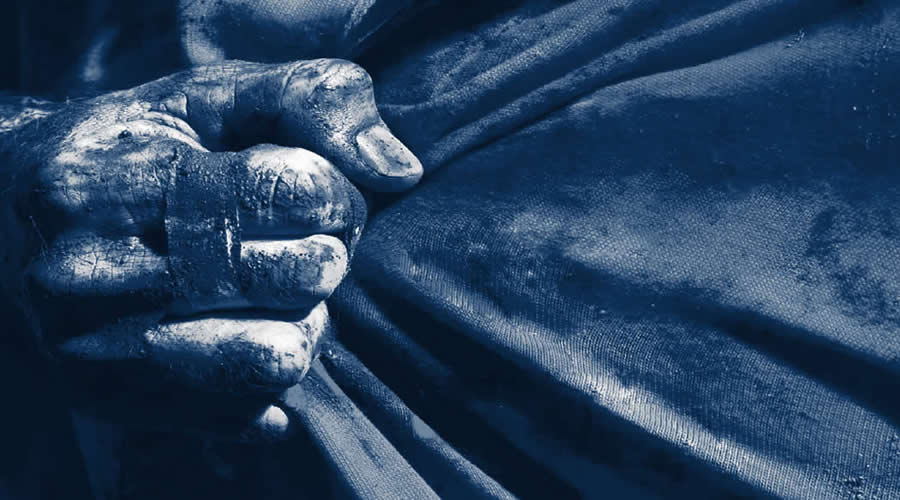1900 woollen jersey with shoelace fronts, sewn on vinyl numbers, and big enough to fit 2 players in. Resulting in a big baggy jumper and when it rained it also became very heavy. Due to the size of the jumper it was very easy to be grabbed and tackled to the ground. This then evolved into a cotton jersey with a front loop placket, button and a cotton drill collar. This allowed the jersey to go on over your head without having to wrestle with the shoelaces. But the fit was still oversized and when it rained it was still a heavy jumper – possibly even adding up to an extra 3kg weight. The numbers and sponsors were heat applied in a vinyl media substance – no longer having to sew on numbers with a needle and thread.
When we arrived to the mid to late 1990 the introduction of the polyester sublimated jersey came on to the market. This allowed the possibility of more money to be generated by clubs to have more sponsors added to the jersey without adding extra weight, as the sponsors were all printed into the design. Sponsors no longer had to be a standard line of text, it allowed the business to be represented in its true format. But still the fit of the jersey was loose even though when it rained the jumper was not a heavy soggy sack, the amount of loose fabric made it easy for the opposition player to grab you and tackle you to the ground.
Along comes Super League TV rights (1995-97). Players are more focused on there fitness as it is no longer is a part time gig – this is a full time job with big money being paid. No longer did players grind it out on the weekend and then have to go back to work on Monday at the rail yard to keep the food on the table and a roof over their heads. With the introduction of the sublimated jersey this opened up and endless amounts of potential to bring in big dollars to the football club, as by now all games are televised. What better way to get your brand out into the market than on the back of a football player with
10’s of thousands of people watching every week.
The jumper is no longer big and loose, it is fitted to the point that it takes 2 people to be able to put one on and to take it off. The light weight fabric has a stretch that moves with the player, sometimes the jerseys are so tight they look painted on. Science has even come into the evolution of the jersey with the introduction of the soil release, wicking and antibacterial properties added to the fabric, this enables the garment to breath better, wash better and smell better. The introduction of the grip technology to a jersey was to combat the wet condition. As this is a winter sport – the ball gets wet, the jersey gets wet – this makes for a slippery combination. Hence the introduction of the grip technology to the front of the jersey.
GPS trackers have become common in professional teams. In essence the GPS tracker gathers useful data on different aspects of the players performance such as: overall distance travelled during a game, sprint distance, sprint effort, max velocity km/h, intensity during match time. All this data is to better understand the players fitness, strengths and weaknesses, so the coaching team will know which areas need more focus.


